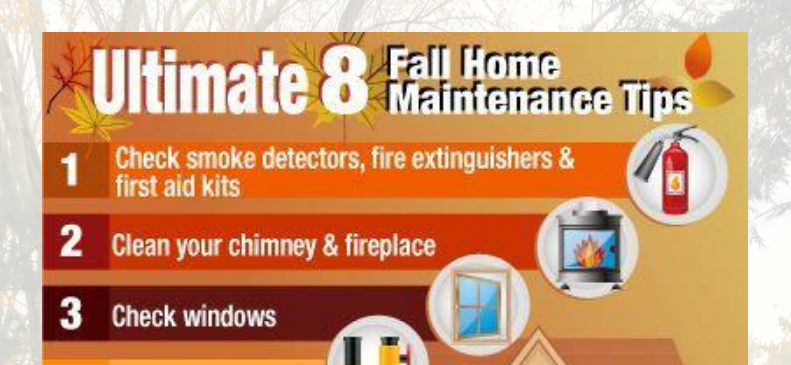Are You Prepared for an Emergency?
- Newtown Grant HOA
- Mar 1, 2020
- 2 min read
Emergencies can happen anywhere, any time.
They come in the form of natural disasters, like hurricanes and wildfires, which destroy structures and ravage communities. And there are everyday emergencies, too, man-made errors and domestic accidents that are less catastrophic and life-threatening than natural disasters but equally as frightening and stressful.
Power outages, gas leaks, broken water mains, house fires and flooded basements all are emergencies that require family and community preparedness. The only way to prepare for the unknown is to have a comprehensive emergency plan in place.
Here’s how to create an emergency preparedness plan to keep the whole family and neighborhood safe.
Create a Family Emergency Communication Plan

According to the Federal Emergency Management Agency (FEMA), most Americans are unprepared to cope with an emergency or disaster. One of the biggest stressors during an emergency is not knowing whether family members are safe or not, so it’s important to know how to contact one another and reconnect if you’re separated.
It’s important to collect contact information for your family, such as numbers and addresses for work places, schools, daycare providers, hospitals, police, etc.
Build an Emergency Supply Kit
In order to be ready for any type of “what if” scenario, it is important to have basic emergencies supplies on hand. FEMA recommends having water and food for at least three days (72 hours). It also suggests that you have two emergency supply kits – one at home, and a smaller, portable kit in a vehicle in case you are forced to evacuate your home during an emergency. Basic emergencies supplies include the following:

Water, one gallon per person for at least three days
Flashlight and extra batteries
First-aid kit
Battery powered or hand crank radio
Whistle
Dust mask, to help filter contaminated air
Wrench or pliers to turn off utilities
Local maps
Can opener for food
Garbage bags and plastic ties for sanitation
Emergency kits should also include items unique to your family, such as medications, eyeglasses, pet food and diapers/baby formula.
Resources to Help with Relief and Rebuilding Efforts

While every disaster is a chance to better prepare for the next one, clean up and rebuilding often leads to an insurance maze that takes time and patience to navigate. Nevertheless, Federal and State Relief is available to individuals, communities and small businesses.
FEMA provides disaster assistance to individuals and families whose losses are not covered by insurance, and the U.S. Small Business Association provides disaster loans for homes and businesses. Disaster and non-profit organizations play a vital role in the recovery process, from building new homes to designing medical clinics.
Organizations such as Habitat for Humanity, Open Architecture Collaborative and Relief International coordinate volunteer teams and provide a wide range of technical skills and construction expertise.
By taking these simple steps, you will be better prepared to respond to potential emergencies, whether it’s a natural disaster, violent attack or a more everyday emergency like a power outage or broken water main. Neighborhood safety begins at home. If you start planning today, you will be safer tomorrow.





Comments